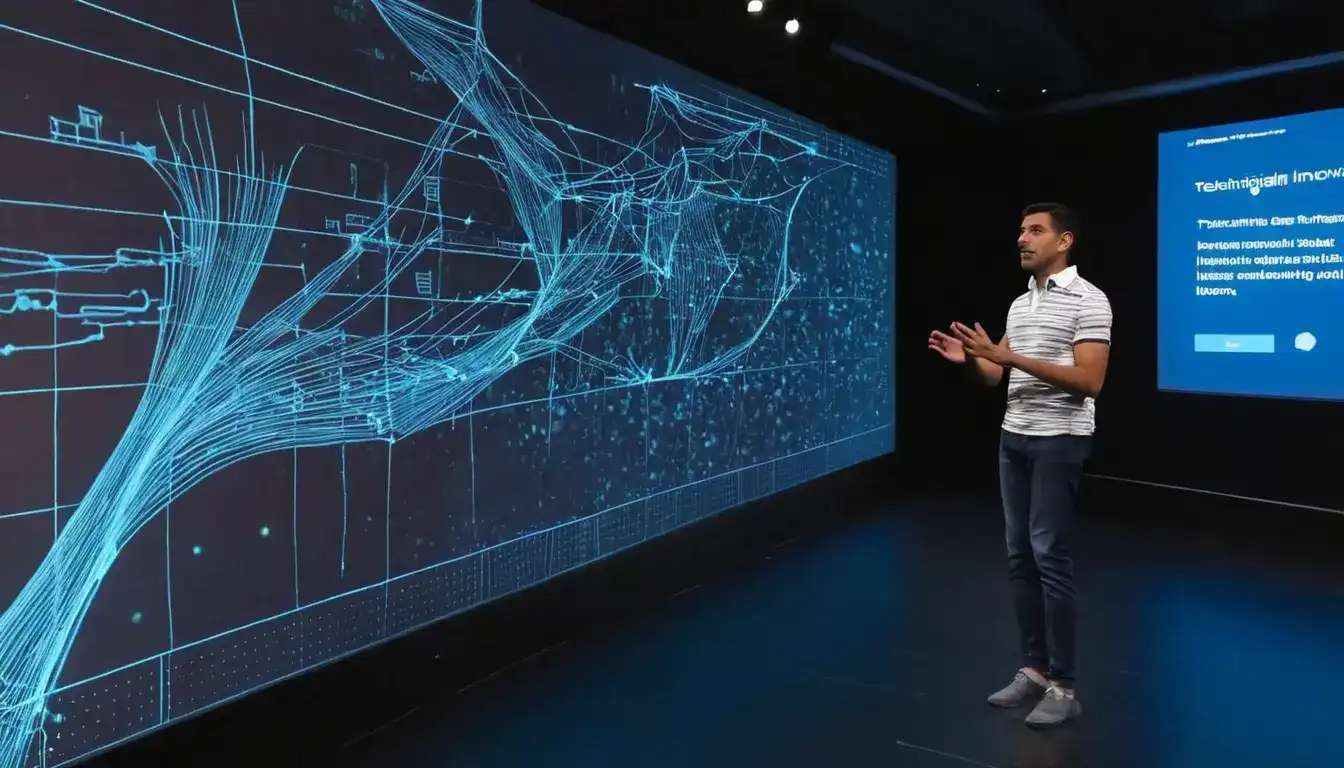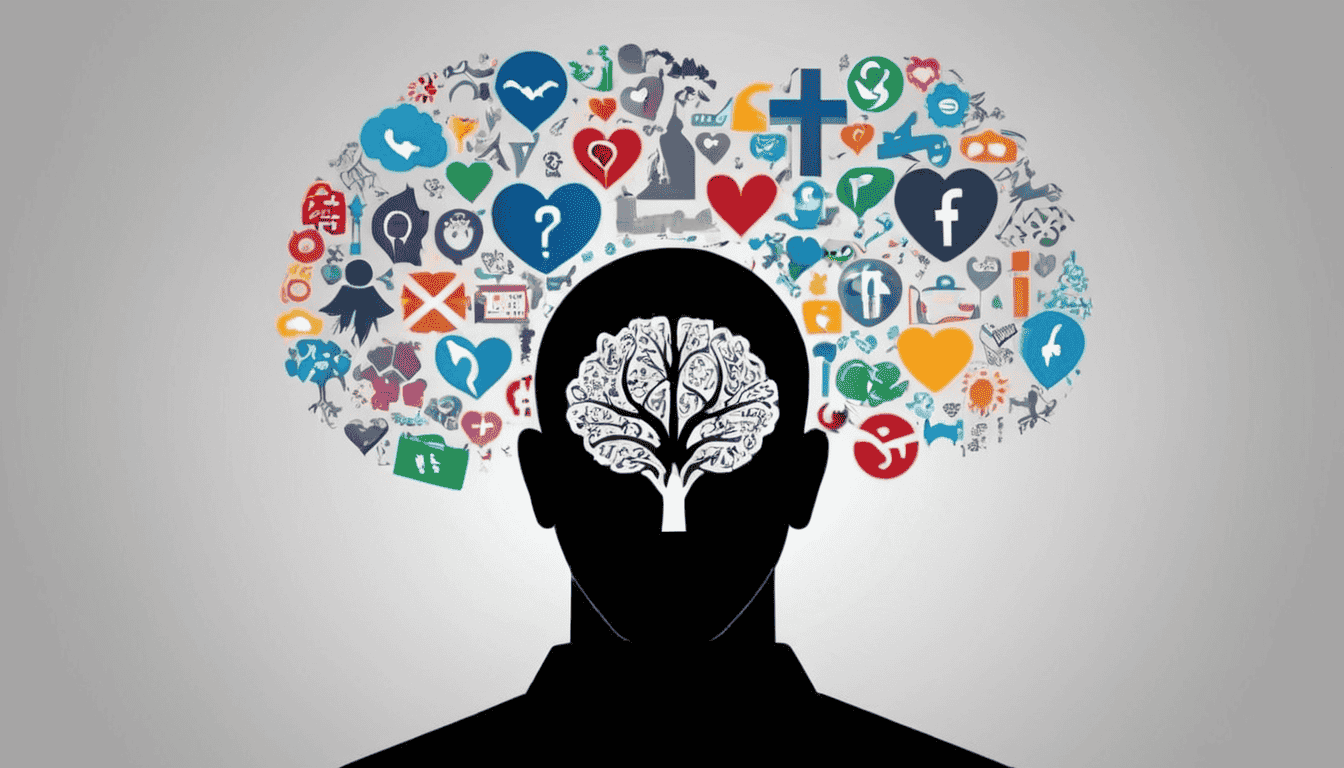VR and AR Transform Entertainment
Emily Willis
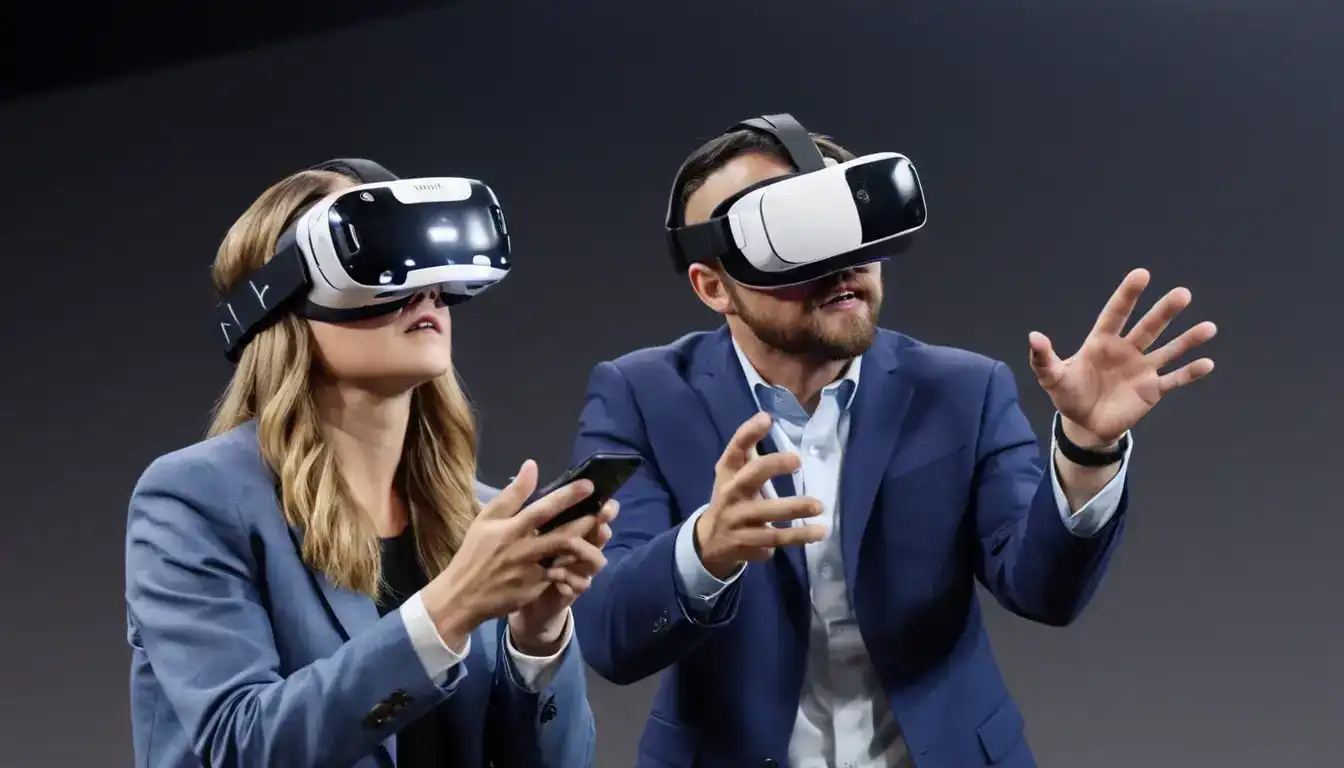
Photo: VR and AR Transform Entertainment
Imagine battling dragons in a medieval castle, exploring the depths of the ocean, or front-row seats at a concert without leaving your living room. These once-fantastical experiences are becoming a reality thanks to the burgeoning fields of virtual reality (VR) and augmented reality (AR). These innovative technologies are transforming the landscape of entertainment, offering immersive experiences that blur the lines between the real and virtual worlds.
Demystifying VR and AR: A Dive into Technology
While both VR and AR offer immersive experiences, they differ in their approach:
- Virtual Reality (VR): VR transports users entirely into a computer-generated environment. Imagine wearing a headset with built-in screens that completely block out your surroundings. VR headsets track your head movements, creating a sense of presence within the virtual world. You can move around, interact with objects, and feel like you're truly "there."
- Augmented Reality (AR): AR, on the other hand, overlays digital elements onto the real world you see through a headset or smartphone camera. Think of it as adding a digital layer to your physical environment. For example, imagine pointing your phone at a historical landmark and seeing an overlay with information about its past.
Revolutionizing Entertainment: VR and AR Open New Doors
VR and AR are not just technological advancements; they are game-changers in the entertainment industry. Here's how these technologies are reshaping our experience of fun and leisure:
- Gaming: VR has revolutionized gaming, transporting players into the heart of the action. Imagine yourself wielding a sword in a fantasy realm, dodging bullets in a futuristic battlefield, or scaling mountains in a breathtaking virtual landscape. VR games offer unparalleled immersion and engagement, pushing the boundaries of interactive storytelling.
- Concerts and Live Events: Imagine attending a concert with your favorite band right in your living room. AR and VR technologies are making it possible to experience live events remotely with a front-row seat. You can see performers up close, interact with virtual elements, and feel the energy of the crowd, even if you're miles away.
- Theme Parks and Attractions: Theme parks are utilizing VR and AR to create even more immersive experiences. Imagine riding a roller coaster that takes you on a thrilling virtual journey or exploring a haunted house with augmented reality ghosts and ghouls. These technologies add a whole new layer of excitement and engagement to traditional theme park experiences.
- Movies and Storytelling: VR allows for a completely new storytelling format. Imagine exploring a narrative from the perspective of a character, feeling the emotions and experiencing the story firsthand. VR films offer a unique and powerful way to connect with narratives and characters.
- Museums and Education: AR can transform museums and educational experiences. Imagine pointing your phone at a dinosaur exhibit and seeing it come to life in augmented reality, complete with realistic movements and sounds. AR can enhance learning by making historical artifacts and complex concepts more interactive and engaging.
Beyond Entertainment: The Potential of VR and AR
The applications of VR and AR extend far beyond the realm of entertainment. These technologies have the potential to revolutionize various fields:
- Travel and Tourism: Imagine virtually exploring a foreign destination before you book your trip. VR can provide realistic previews of landmarks, allowing you to plan your itinerary more effectively.
- Education and Training: VR can be used to create realistic simulations for pilot training, surgical procedures, or even historical reenactments, enhancing learning and skill development.
- Healthcare: VR can be used for pain management, phobias treatment, and physical therapy, providing patients with immersive and therapeutic experiences.
Challenges and Considerations: Navigating the New Landscape
While VR and AR offer exciting possibilities, there are challenges to consider:
- Cost: VR and AR headsets can be expensive, limiting accessibility for some consumers.
- Content Creation: Developing high-quality VR and AR content requires additional investment and expertise.
- Motion Sickness: Some users experience motion sickness when using VR headsets due to the disconnect between their visual and physical senses.
- Privacy Concerns: The collection and use of user data in VR and AR applications requires careful consideration and user control.
The Future of Entertainment: A World of Possibilities
As VR and AR technology continues to evolve, we can expect even more innovative and immersive entertainment experiences. We may see advancements in:
- Haptic Technology: Haptic technology allows users to feel virtual objects, adding a new layer of realism to VR experiences.
- Wireless Headsets: Wireless headsets will offer greater mobility and freedom for VR users.
- AR Glasses: Stylish and unobtrusive AR glasses could become ubiquitous, seamlessly integrating digital elements into our daily lives.
Conclusion: Stepping into a New Era of Entertainment
VR and AR are not just technological advancements; they represent a paradigm shift in how we experience entertainment. These technologies offer the potential to transport us to new worlds, enhance our understanding of the real world, and connect with stories and characters in unprecedented ways. As VR and AR continue to evolve, we can expect even more immersive, interactive, and transformative experiences that will redefine the future of entertainment.
Latest ✨
View AllDiscover the essential qualities required to become a successful leader, from integrity and empathy to communication and adaptability. Learn how to develop these traits to inspire and motivate your team
Emily Willis
top digital marketing trends for 2024, including the rise of AI, the importance of user experience, video marketing dominance, influencer marketing, privacy and data security, sustainability and ethical marketing, and emerging trends like AR/VR, metaverse marketing, blockchain, and NFTs. Specific strategies are provided for leveraging AI for personalized customer experiences, enhancing user experience for mobile users, creating engaging video content, building authentic influencer partnerships, prioritizing data privacy and security, integrating sustainability and ethical practices.
Emily Willis
Europe is full of rich culture, with ten cities offering enriching cultural experiences. From the romance of Paris to the splendor of Rome and the artistic flair of Barcelona, each city has its own unique charm and heritage.
Emily Willis
Proper nutrition is essential for optimal brain function during exams. Foods rich in complex carbohydrates, lean protein, healthy fats, and hydration can help maintain energy levels and focus. Smart snack options during exams include fresh fruits, vegetables with hummus, trail mix, yogurt with granola, and dark chocolate.
Emily Willis
Business
View All
August 4, 2024
Building a Consistent and Inspiring Personal Brand Through Online PlatformsIn today's digital age, it is important to establish a strong personal brand in order to stand out in a competitive landscape. This can be done by following practical steps such as defining your brand identity, identifying your target audience, creating a compelling online presence, crafting quality content, engaging with your audience, leveraging social media effectively, networking and collaborating, monitoring and adapting, showcasing your authenticity, and seeking professional guidance if needed. Building a personal brand requires dedication, authenticity, and strategic planning, but it can lead to a memorable and influential brand that resonates with others in the digital world.
Emily Willis

August 4, 2024
Strategies for Effective Business Growth in a Competitive Marketimportance of strategic planning, innovation, and understanding market dynamics for businesses to achieve sustainable growth in a competitive market. It covers strategies such as customer focus, innovation, marketing, partnerships, financial management, technology, employee engagement, and sustainability.
Emily Willis

August 5, 2024
Tips for Choosing the Right Investment Product for Your Needsprovides guidance on investing money, starting with understanding financial goals and risk tolerance. It explains different investment options such as stocks, bonds, mutual funds, ETFs, real estate, and retirement accounts, and emphasizes the importance of diversification.
Emily Willis
Economy
View Allimpact of inflation on households and businesses, outlining the causes and consequences of rising prices. It provides strategies for both households and businesses to cope with inflation, such as budgeting, seeking deals, and negotiating with suppliers. The importance of collaboration and communication between governments, businesses, and consumers is emphasized, along with the need for long-term investments in infrastructure, skills development, and sustainable practices.
Read MoreGlobalization has a profound impact on the economies of developing countries, offering both opportunities and challenges. By increasing access to markets, facilitating technology transfer, creating jobs, and promoting cultural exchange, globalization can drive economic growth and development. However, addressing the challenges of economic inequality, loss of domestic industries, environmental impact, and cultural homogenization is essential to ensure sustainable and inclusive growth. By adopting strategic measures and fostering international cooperation, developing countries can maximize the benefits of globalization and build a brighter future
Read MoreThe digital economy has the potential to bring economic growth and innovation to developing countries, but there are several challenges that need to be addressed. These challenges include inadequate digital infrastructure, a digital divide that exacerbates inequalities, complex and outdated regulatory frameworks, cybersecurity risks, and limited access to financial services. However, there are opportunities for enhancing financial inclusion and economic growth. These opportunities include mobile and digital payments, implementing digital identification systems, e-commerce and market access, digital skills development, and public-private partnerships. By addressing these challenges and embracing the digital revolution, developing countries can unlock new opportunities for economic empowerment and inclusive growth.
Read MoreEntertainment
View All
August 5, 2024
Entertainment in Society: Social Impact, Cultural Influence, Economic ContributionsEntertainment is more than just a way to pass the time it has a significant impact on society, culture, and the economy. It promotes empathy, sparks conversations, and drives social change. It reflects and shapes cultural trends, while also preserving traditions. The entertainment industry generates jobs, contributes to economic growth, and drives technological innovation.
Emily Willis

August 4, 2024
Virtual Music Concerts: The Future of Live Performance?The music industry has seen significant changes in recent years, with virtual music concerts becoming a popular trend, especially due to the impact of the COVID-19 pandemic. Technological advancements have made virtual concerts more accessible and cost-effective, while also reducing the environmental impact of live events. However, challenges such as technical issues and the lack of physical presence remain. The future of virtual concerts may involve hybrid models that combine virtual and physical experiences, as well as continued technological innovation to enhance the quality of virtual performances. Building a sense of community and engagement will also be crucial for the success of virtual concerts moving forward.
Emily Willis
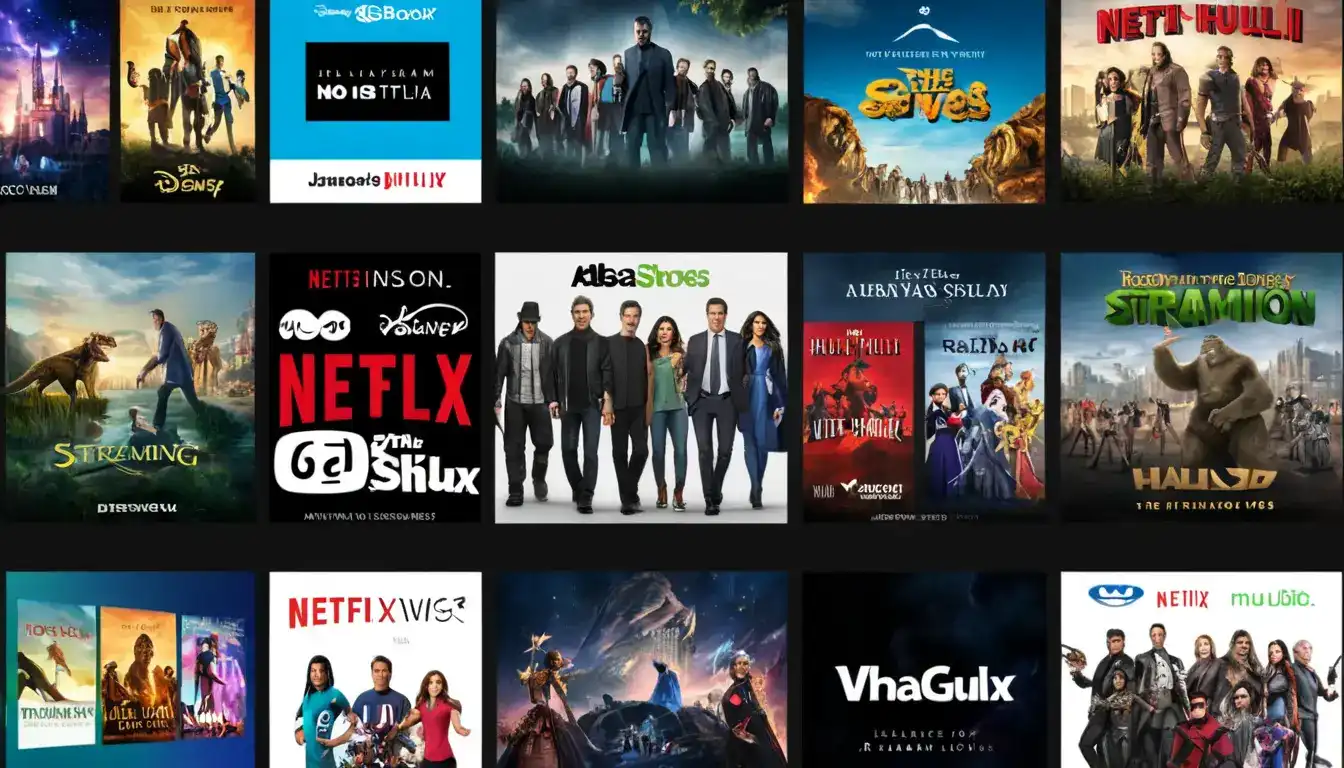
August 4, 2024
The Evolution of Streaming Services Such as Netflix, Disney+, Hulu, and the Implications for the Traditional Entertainment IndustryThe rise of streaming services has revolutionized the entertainment industry, offering on-demand access to a vast library of content through internet-connected devices. Platforms like Netflix, Disney+, and Hulu have diversified their content libraries, reshaped consumer behavior, and challenged traditional distribution models. Technological advancements have enhanced streaming experiences, while economic and cultural implications have led to global market expansion and increased investment in original content production. The future of the streaming industry will be shaped by competition, convergence of media and technology, and the need for adaptation to changing consumer preferences. Embracing digital transformation and strategic partnerships will be crucial for stakeholders in navigating the evolving landscape of modern entertainment.
Emily Willis
Health
View Allmaintaining good health and well-being through nutritional choices. A balanced diet, incorporating whole foods, staying hydrated, consuming nutrient-dense foods, managing portion sizes, practicing mindful eating, eating regular meals and snacks, considering supplements, and adopting sustainable eating practices are all highlighted as effective strategies for enhancing overall.
Emily Willis
Preventive healthcare focuses on strategies to prevent disease and maintain well-being, rather than just treating illnesses after they arise. It helps identify risk factors early on, allowing for interventions that can prevent or delay the onset of chronic diseases.
Emily Willis
significance of mental health awareness in today's fast-paced world. It discusses the importance of understanding mental health, breaking down stigma, and promoting positive mental health practices.
Emily Willis
Trending 🔥
View All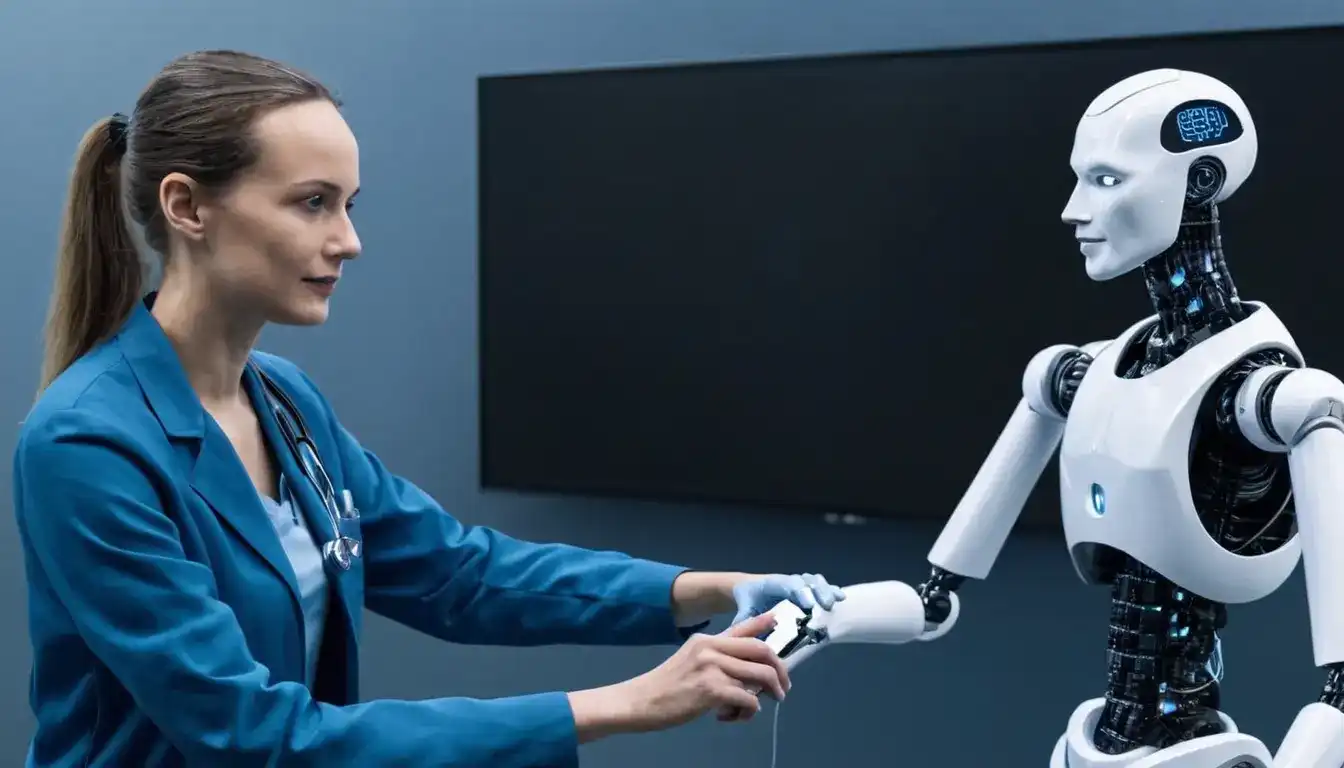
1
2
3
4
5
6
7
8
10
Lifestyle


Sports
View AllAugust 5, 2024
Sports for Social Good: Promoting Diversity, Inclusion, and Community Engagement
Read MoreTechnology
View All
August 5, 2024
Top Unity Software Development Trends to Watch in 2024
Explore the top Unity software development trends that will shape the gaming industry in 2024. From AI integration to VR/AR immersion, cross-platform reach, cloud collaboration, and mobile gaming, Unity is revolutionizing gaming experiences. Stay ahead in the dynamic world of game development with these insights.

August 4, 2024
Amidst Economic Uncertainty, Businesses Adapt and Innovate for Survival
The business world can be unpredictable, but companies can thrive by embracing adaptation and innovation. Understanding market trends, economic indicators, and global factors is crucial for charting a successful course.

August 5, 2024
The Future of Blockchain and Its Impact on Society
Blockchain technology, originally developed for cryptocurrencies like Bitcoin, has evolved into a versatile tool with the potential to revolutionize various industries beyond finance. Its decentralized and transparent nature offers solutions to challenges faced by societies worldwide. Blockchain's impact on society is poised to be transformative across multiple domains, including enhanced security, data integrity, decentralization, supply chain transparency, digital identity, and financial inclusion.
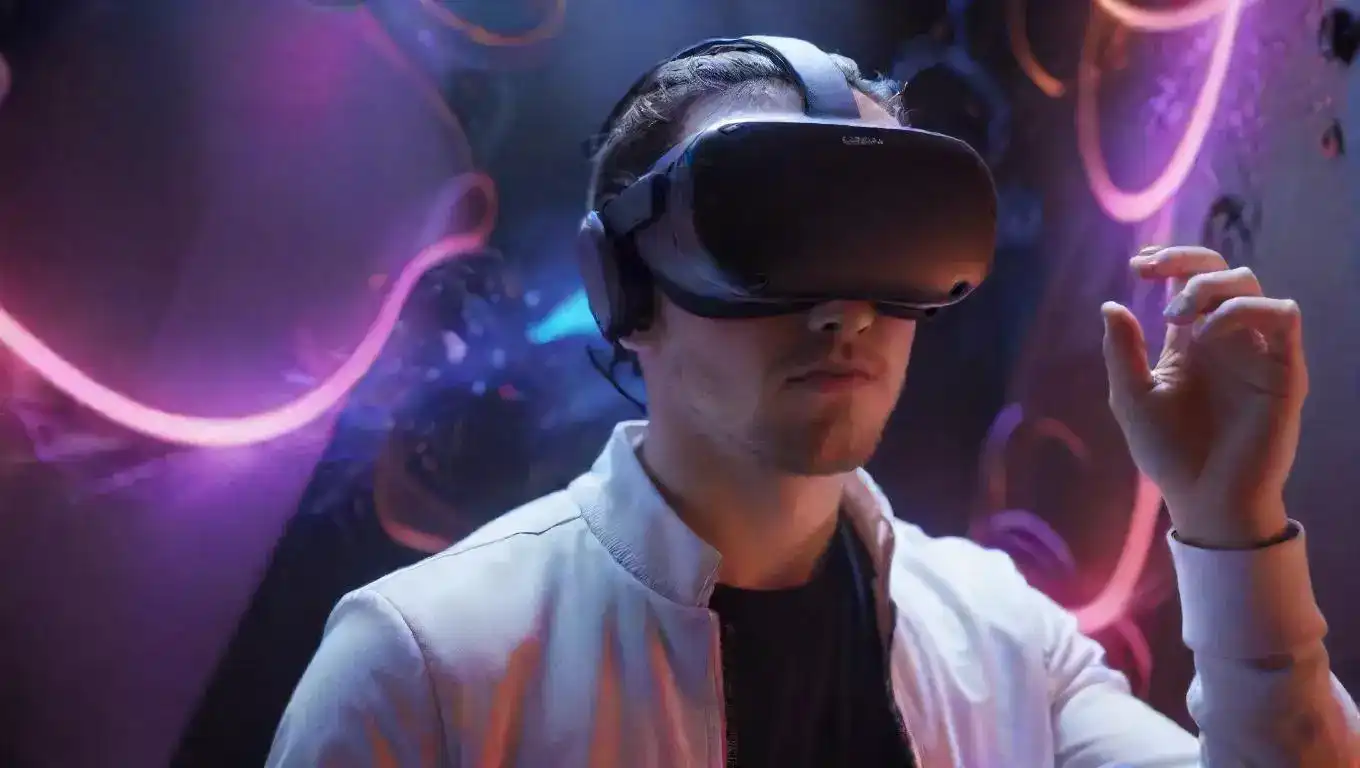
August 5, 2024
Oculus Quest 2 vs HTC Vive Pro – Which Should You Choose?
Oculus Quest 2 vs HTC Vive Pro – which VR headset reigns supreme? Dive into this ultimate showdown to discover the strengths and weaknesses of each, and decide which one is worth your investment. From specs and comfort to content and price, we'll help you make an informed choice.








